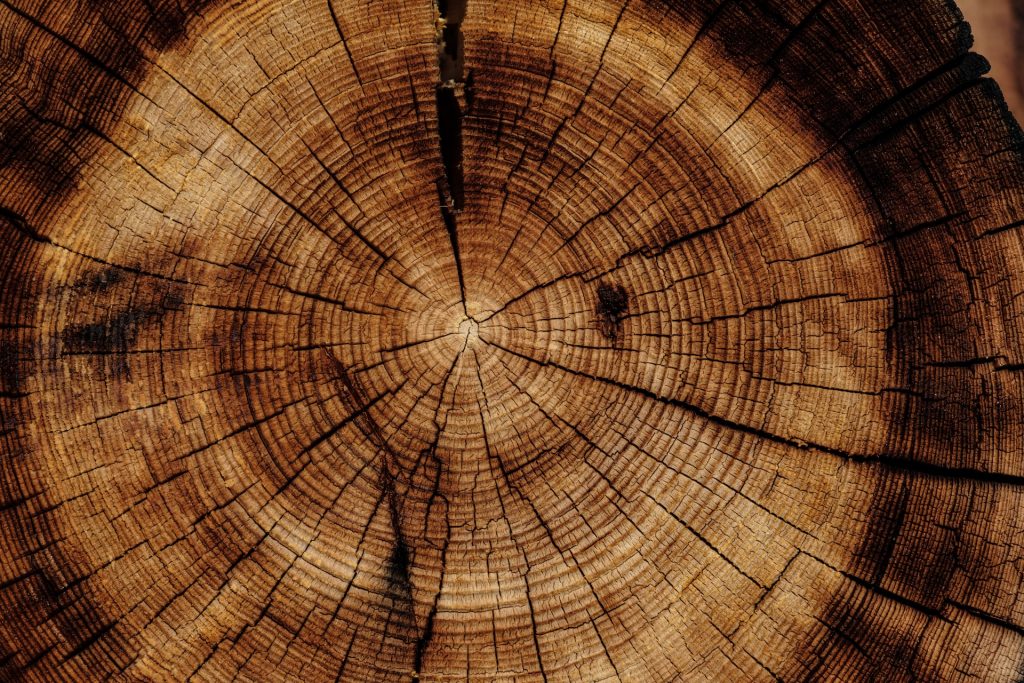Choosing the right type of wood for your project is crucial, whether you’re crafting furniture, building structures, or diving into woodworking. With a multitude of wood types available, each with its unique characteristics, understanding their uses can significantly impact the success of your endeavor. In this comprehensive guide, we’ll explore the three primary wood categories—softwoods, hardwoods, and engineered wood—along with an extensive list of common wood varieties, shedding light on their features and optimal applications.

Three Primary Wood Types
Softwoods
Softwoods are derived from conifer trees, scientifically known as Gymnosperms. Contrary to the name, softwoods aren’t necessarily softer than hardwoods. Examples of popular softwoods include Pine, Cedar, Fir, Spruce, and Redwood. These woods are commonly used in framing new constructions, outdoor furniture, and utility-style structures. Notably, some softwoods, like cedar and redwood, are praised for their resistance to rot and insects, making them ideal for exterior projects.
Hardwoods
Hardwoods come from trees without needles or cones, known as deciduous trees or angiosperms. Common hardwood species include Oak, Maple, Cherry, Mahogany, and Walnut. Hardwoods aren’t universally stronger than softwoods, but they often boast beautiful wood grain patterns. Hardwoods like Oak and Maple are favored for their strength, durability, and suitability for various projects, including furniture making and cabinetry.
Engineered Wood
Engineered wood, also known as composite wood, is manufactured rather than occurring naturally. Examples include Plywood, Oriented Strand Board, Medium Density Fiber Board, and Composite Board. Engineered wood is created by manipulating wood to exhibit specific qualities or features. It is treated through chemical or heat processes to achieve sizes that might be challenging to obtain from natural wood. Veneers, produced through specialized cutting or joining techniques, are also considered engineered wood.

Common Wood Varieties and Their Uses
Alder Wood
Alder is a rising star in hardwoods, prized for its natural beauty, versatility, and workability. Found in the Northwest regions of California and Southwestern Canada, Alder is often used in furniture making, cabinetry, and even the hard bodies of electric guitars due to its unique tonal qualities.
Ash Wood
Ash wood, mimicking the strength of white oak, is currently facing challenges due to the invasive Emerald Ash borer. Nonetheless, it’s valued for its ability to take stains easily, making it suitable for a range of projects, from furniture to woodturning.
Aspen
Aspen, a light-colored hardwood, is preferred for specialized uses like sauna building due to its resistance to heat and moisture. It’s also employed in crafting drawer slides, matchsticks, and kitchen utensils.
Balsa Wood
Balsa wood, often associated with childhood projects and model kits, is lightweight and buoyant. Though not as strong as some hardwoods, it has historical significance and practical applications, such as building rafts and surfboards.
Bamboo
Technically a grass, bamboo’s hardness and density make it suitable for building furniture, garden structures, cabinets, and even hardwood flooring. Bamboo’s resistance to decay outdoors and natural wax coating contribute to its popularity in various applications.
Basswood
Basswood, a favorite for woodcarvers and woodturners, is a cream-colored hardwood known for its straight grain. It’s odorless, taste-free, and commonly used for miniature woodworking, models, and food storage crates.
Beechwood
Beechwood, recognized for its ability to steam-bend, is often used in furniture, woodturning, and the internal mechanisms of pianos. It’s a sturdy hardwood with a straight grain pattern, though it may experience some movement in high humidity.
Birch Wood
Birch wood, affordable and strong, is a versatile hardwood used as an alternative to oak. While staining birch can be challenging, it’s an excellent choice for painted projects.
California Redwood
Known for its massive size and red color, California redwood is a softwood suitable for outdoor applications. It’s commonly used in decks, retaining walls, and garden borders due to its weather-resistant properties.
Cedar Wood
Cedar, famed for its aromatic scent and bug-repelling qualities, is suitable for both indoor and outdoor projects. It’s often used in closets, storage chests, decks, patio furniture, fencing, and siding.

Understanding the intricacies of different wood types empowers you to make informed choices for your projects. Whether you’re drawn to the versatility of alder, the strength of ash, or the aromatic allure of cedar, each wood variety has its unique charm and applications. This guide serves as a roadmap through the vast landscape of wood, aiding you in selecting the perfect material for your next woodworking or building adventure. Happy crafting!




